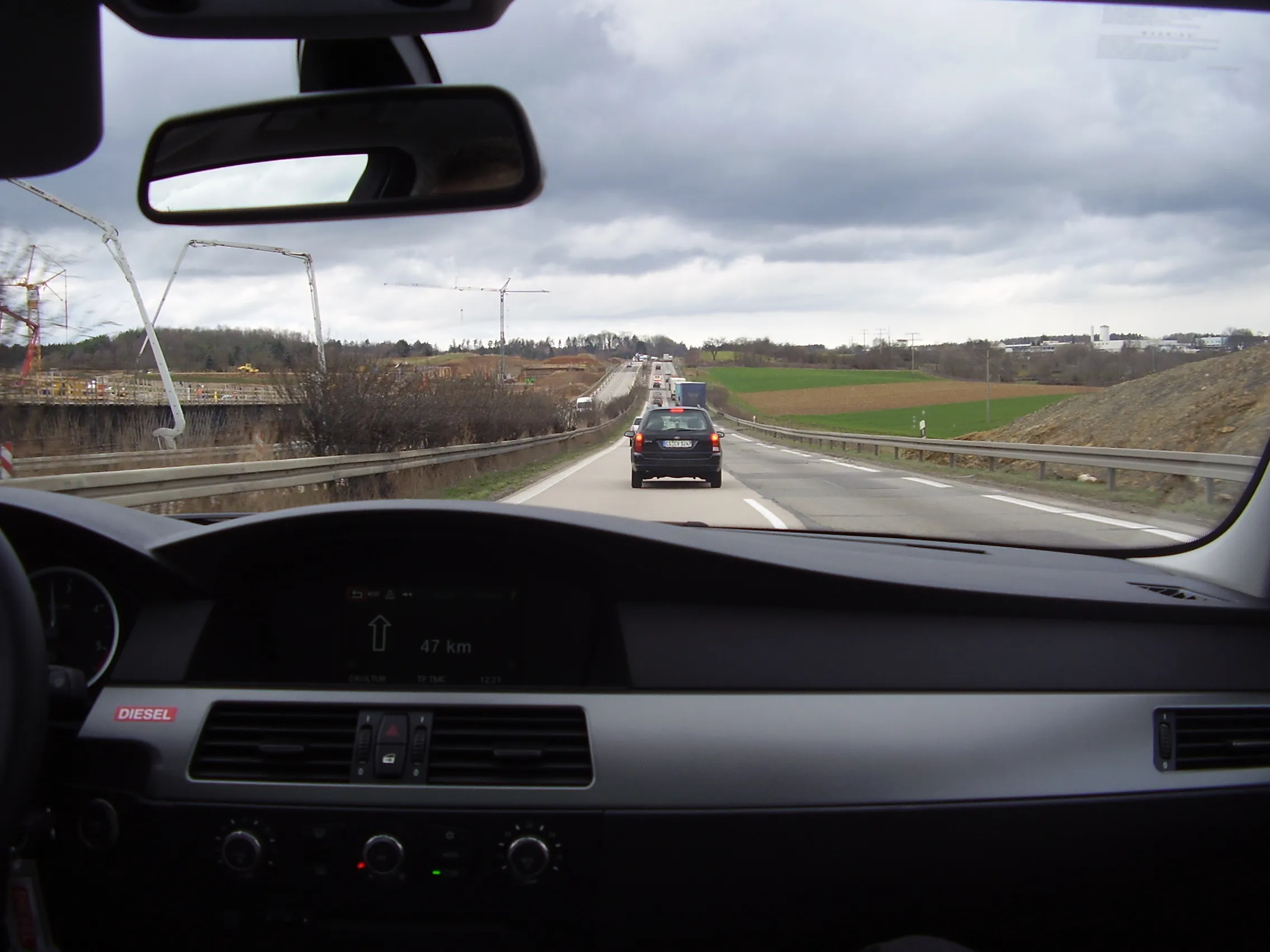The US state of Indiana’s toll road lease supplied money for vital transport projects and Ohio is wise for studying its own turnpike lease agreement, Indiana’s Department of Transportation commissioner Michael Cline told hundreds of key Ohio transport industry figures. Cline was the keynote speaker for this year’s Ohio Transportation Engineering Conference in Columbus on Tuesday 30 October, 2012. During his address, he touted the benefits of the US$3.8 billion lease of the Indiana Toll Road in 2006.
November 8, 2012
Read time: 2 mins
The US state of Indiana’s toll road lease supplied money for vital transport projects and Ohio is wise for studying its own turnpike lease agreement, Indiana’s Department of Transportation commissioner Michael Cline told hundreds of key Ohio transport industry figures.
Cline was the keynote speaker for this year’s Ohio Transportation Engineering Conference in Columbus on Tuesday 30 October, 2012. During his address, he touted the benefits of the US$3.8 billion lease of the Indiana Toll Road in 2006.
Cline said the lease not only paid off old debt, but also gave millions of dollars to counties that are home to the pay road, and provided billions of dollars to complete huge projects. The projects include the extension of Interstate 69 from Evansville to Bloomington and eventually Indianapolis, and the reconstruction of U.S. 24 between Fort Wayne and Toledo — dubbed the highway of death for its high number of fatal crashes.
He said it makes sense for Ohio to study a similar plan for its section of the toll road.
“Absolutely, it’s the right thing for them to consider,” said Cline.
Cline was the keynote speaker for this year’s Ohio Transportation Engineering Conference in Columbus on Tuesday 30 October, 2012. During his address, he touted the benefits of the US$3.8 billion lease of the Indiana Toll Road in 2006.
Cline said the lease not only paid off old debt, but also gave millions of dollars to counties that are home to the pay road, and provided billions of dollars to complete huge projects. The projects include the extension of Interstate 69 from Evansville to Bloomington and eventually Indianapolis, and the reconstruction of U.S. 24 between Fort Wayne and Toledo — dubbed the highway of death for its high number of fatal crashes.
He said it makes sense for Ohio to study a similar plan for its section of the toll road.
“Absolutely, it’s the right thing for them to consider,” said Cline.








